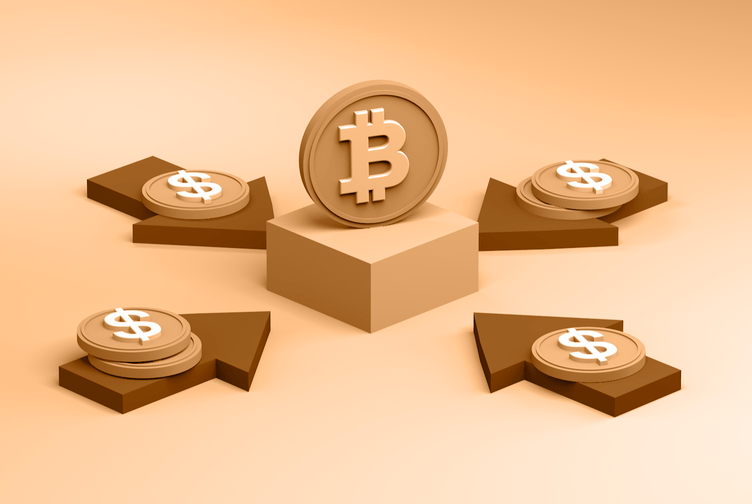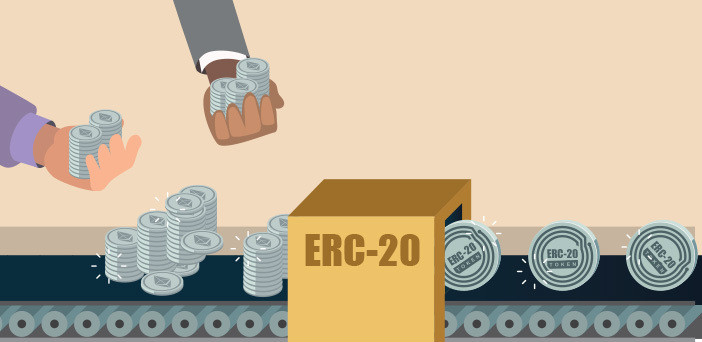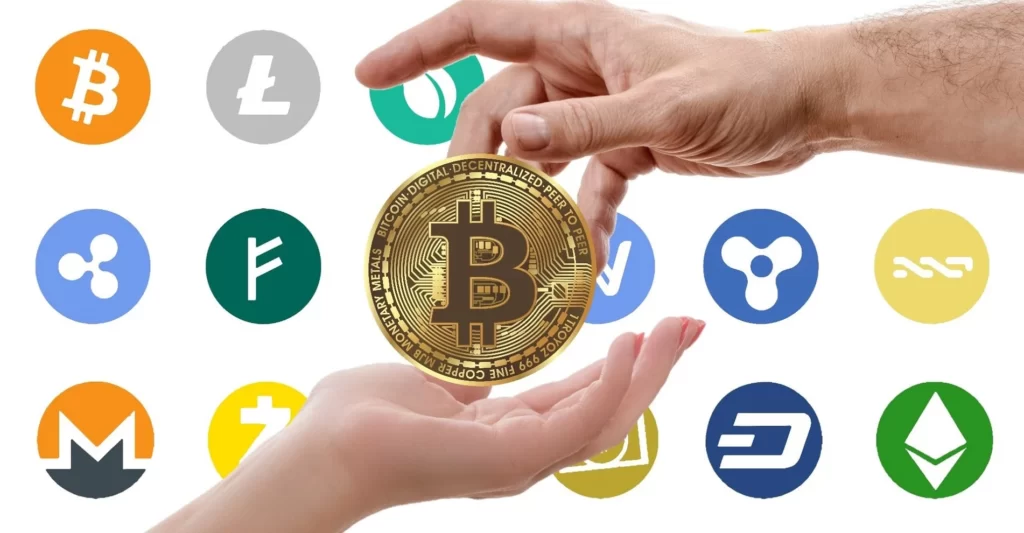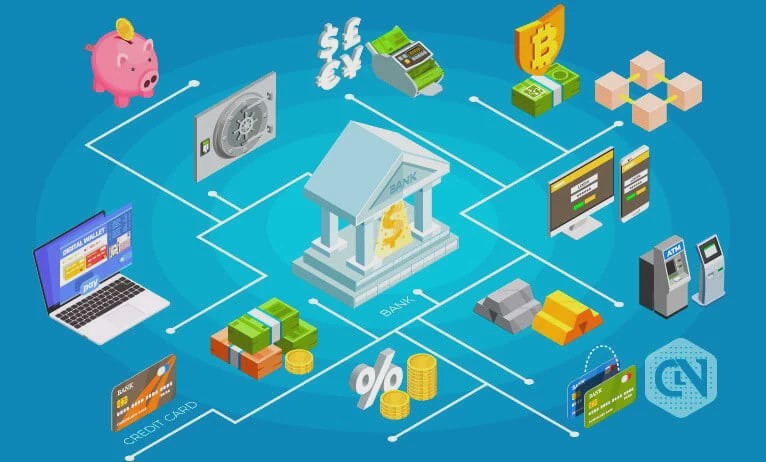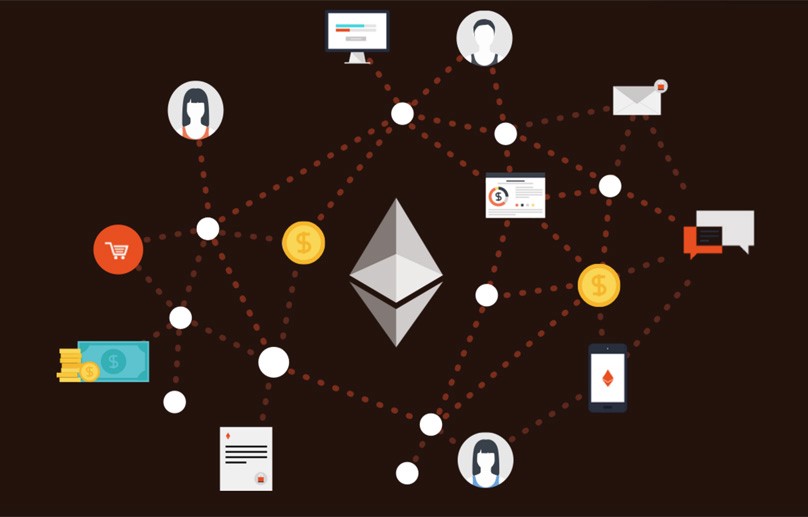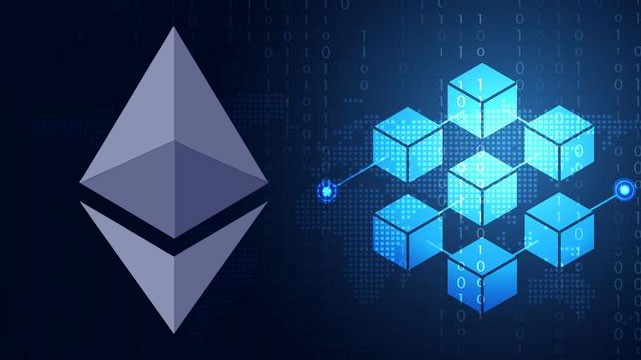NFT is an abbreviation for “non-fungible token”.
NFTs are blockchain-based cryptographic assets with unique identification numbers and information that identify them from one another. They are distinct from fungible tokens such as bitcoins, which are identical to one another and may thus be used as a medium for economic transactions.
In economics, a fungible asset, such as dollars, may be easily exchanged while retaining the same value since their worth, rather than their distinctive features, characterizes them. For instance, trading two $5 bills for a $10 note. This is impossible if anything is non-fungible — these objects are not interchangeable with other items since they have distinct features.
Each NFT’s unique structure allows for a variety of usage scenarios. They are, for example, an excellent vehicle for digitally representing actual assets such as real estate and artwork. NFTs, which are based on blockchains, may also be used to eliminate intermediaries and link artists with audiences, as well as for identity management.
NFTs are tokens that can be thought of as certificates that represent ownership of these unique non-fungible items.
They can only have one official owner at a time.
NFTs can also be used to represent individuals’ identities, property rights, and more.
Origin
NFTs gained traction in 2017 with the release of CryptoKitties, a decentralized application (dApp) on the Ethereum blockchain that allows users to breed and acquire digital cats.
NFTs, on the other hand, have witnessed a strong increase in attention from collectors and artists alike in 2021.
Like other fungible tokens, are often constructed on the ERC721 token standard — a templated smart contract that describes how an NFT interacts with other smart contracts and users. The ERC721 standard has hastened the development and deployment of new NFTs, as well as the establishment of numerous markets like as Rarible, OpenSea, and SuperRare.
NFT markets enable users to advertise, purchase, and trade NFTs in real time, hence promoting the expansion of the NFT ecosystem.
The renewed interest in NFTs has resulted in a Cambrian explosion of unique applications that leverage the property of non-fungibility in novel ways, often with the goal of increasing asset ownership efficiency and reducing the need for intermediaries who siphon value away from creators and marketplaces.
However, NFTs are still in their infancy, which means there is a lot of room for development from inventive developers, creative artists, and conventional institutions looking to bring unique assets on-chain.
How are NFTs traded?
NFTs, like cryptocurrencies, are traded on specialized platforms. The most well-known NFT marketplace is OpenSea.
A sale does not always imply the transfer of the object represented by the token. What is exchanged is a blockchain-registered certificate of ownership for the NFT.
The certificate must be stored safe in a digital wallet, which can come in a variety of formats. Finally, NFTs are digital contracts with inherent rules such as the quantity of copies available for sale.
Digital scarcity
With the advent of digital technology and the ubiquitous usage of online communications, we have grown accustomed to web-based copy-and-paste sharing.
If I have a photograph and create a duplicate of it to give to you, we now both have this photograph. If it’s posted on social media, anyone may download or screenshot the image. Even if I attach some metadata to the original picture, there is no way for me to establish that the original photograph is mine. Because digital information may be modified or wiped, this type of digital asset does not offer evidence of ownership.
Everything changes when there is a scarcity of digital resources.
Non-fungible tokens enable digital assets to be genuinely unique and their ownership can be confirmed and transferred on the blockchain in minutes, resulting in an immutable and unalterable transaction record.
NFTs Vs. cryptocurrency
NFTs and cryptocurrencies both rely on the same blockchain technology. NFT markets may also compel customers to use cryptocurrencies to acquire NFTs.
Cryptocurrencies aspire to function as currencies by holding value or allowing you to purchase and sell items. Cryptocurrency tokens are fungible, comparable to conventional currencies such as the US dollar.
NFTs generate one-of-a-kind tokens that may be used to demonstrate ownership and communicate rights over digital products.
Why are NFTs valuable?
NFTs are valuable because they may be sold for a large sum of money. Consider how much money individuals have made from trading Pokémon cards, baseball cards, and other collectibles. This is the digital equivalent of a collectable. If a digital artist develops a work of art, they may make a lot of money with the NFT. Their artwork will be solely theirs. NFTs vary from trading cards in this regard.
Types of NFTs
NFTs provide a versatile framework for monitoring ownership of a diverse range of digital and physical assets via a blockchain network, as well as adding use to these assets in a variety of intriguing ways. The number of possible applications for NFTs is growing, but here are a few examples.
- Digital Art: Tokenized ownership of digital artwork is one of the most well-known NFT use cases. Artists may monetise their work by tokenizing it and then selling it to a worldwide market of potential purchasers who just need an Internet connection to do so. Unlike conventional art marketplaces, which are frequently opaque, value-extracting, restricted in discoverability, and demand hefty listing costs, NFTs may be published on global, permissionless internet marketplaces and can even give creators with cash from all secondary sales.
- Real Estate: To bring liquidity to typically fragmented markets, NFTs can also reflect ownership of real-world assets such as real estate. Tokenization of real estate improves the efficiency of transferring ownership by providing a single source of truth on the validity and provenance of a given property. Tokenizing real-world assets may be extended to incorporate a wide range of asset categories, including actual artworks, government papers, certificates, and degrees. While in in its infancy, real-world assets tokenized as NFTs open up a slew of new possibilities, ranging from revenue-generating real-estate tokens backed by rental income to issuing digital credentials without the requirement for a physical document equivalent. They can also digitize existing documents such as college degrees and intellectual property contracts, increasing credential transparency and opening up new avenues for automation.
- Gaming: Because they enable unique in-game goods to be tokenized, monitored, and transferred in a non-custodial way, NFTs are a critical component of blockchain-based video games. In the case of typical online video games, centralized producers have total control over the distribution, ownership, and qualities of in-game commodities, which frequently influence the worth of certain characters and game results. If the publisher goes out of business, gamers may lose access to all of the game things they may have spent hours, days, weeks, or even months obtaining. NFTs not only provide players total control over their game stuff, but they also open up completely new gameplay possibilities. This covers the distribution of randomized NFT incentives in blockchain-based games, as well as the development of an interoperable metaverse, in which things from one game may be used and exchanged in another. NFTs have also furthered the growth of the play-to-earn model where users can monetize their time and effort from gaming by acquiring rare NFTs and selling them to others.
- Music: Blockchains have enabled musicians to tokenize their work using NFTs in order to enhance revenue and stimulate audience involvement. With the Covid-19 epidemic accounting for an 85 percent decrease in music industry revenue, additional income from NFTs has helped artists offset these losses while also offering fans with a means to acquire unique rewards like as limited-edition souvenirs and even direct access to the artist’s time.
- Collectibles: NFTs enable a new sort of digital collectible, similar to collecting actual trade cards or postage stamps. Collectors can purchase rare digital goods or show their support for a certain firm, brand, game, or artist. Unlike actual artifacts, which may be slow to move and expensive to maintain, NFTs are completely digital, transferable in seconds, and never degrade in quality. CryptoPunks, a collection of 10,000 unique 8bit-style characters algorithmically produced such that no two characters are precisely identical, is one of the most well-known NFT collections. CryptoPunks were among the first NFTs to be designed and distributed for free. They continue to draw customers who wish to possess a piece of NFT history.
Can anyone make an NFT?
Technically, anybody may produce a work of art, convert it to an NFT on the blockchain (a process known as ‘minting’) and sell it on their preferred marketplace.
You may also include a commission in the file that will pay you every time someone buys the artwork through resale. You must have a wallet set up, same like when purchasing NFTs, and it must be loaded full of cryptocurrencies. The issues stem from the necessity for money up advance.
The hidden costs can be excessively high, with sites charging a ‘gas’ fee for each sale (the cost of the energy required to conduct the transaction), in addition to a fee for selling and purchasing. You must also consider conversion costs and pricing changes based on the time of day. All of this implies that the costs might frequently be far more than the price you receive for selling the NFT.
Whether or whether NFTs are here to stay, for the time being, they are making some individuals money and opening up new avenues for digital creativity.
Cons
The hundreds of dollars in costs necessary to set up an NFT is a disadvantage.
If you want to create your own token on the Ethereum blockchain, you’ll need some ether, which, as previously said, is rather expensive. After that, there is a “gas” cost that compensates for the effort that goes into handling the transaction and is likewise dependant on the price of ether.
When an NFT is sold, marketplaces streamline the process by handling everything for a charge.
There is also an environmental cost to consider. Like Bitcoin, ether necessitates the use of computers to do computations, a process known as “mine,” and these computer jobs use a significant amount of energy. According to a Cambridge University study, Bitcoin mining consumes more energy than the whole country of Argentina. Ether is the second most popular cryptocurrency after Bitcoin, and its power consumption is increasing to the point where it is similar to the amount of electricity consumed by Libya.
On top of that, the number of NFT fraudsters is increasing.
According to Vice, the “Evolved Apes” NFT vendor made millions of dollars after offering a collection of 10,000 NFTs. The tokens were offered for public purchase last month, but the social media profile and website mysteriously vanished. NFTs were not delivered to buyers. This is one of numerous NFT frauds that are causing purchasers to lose a lot of money.
